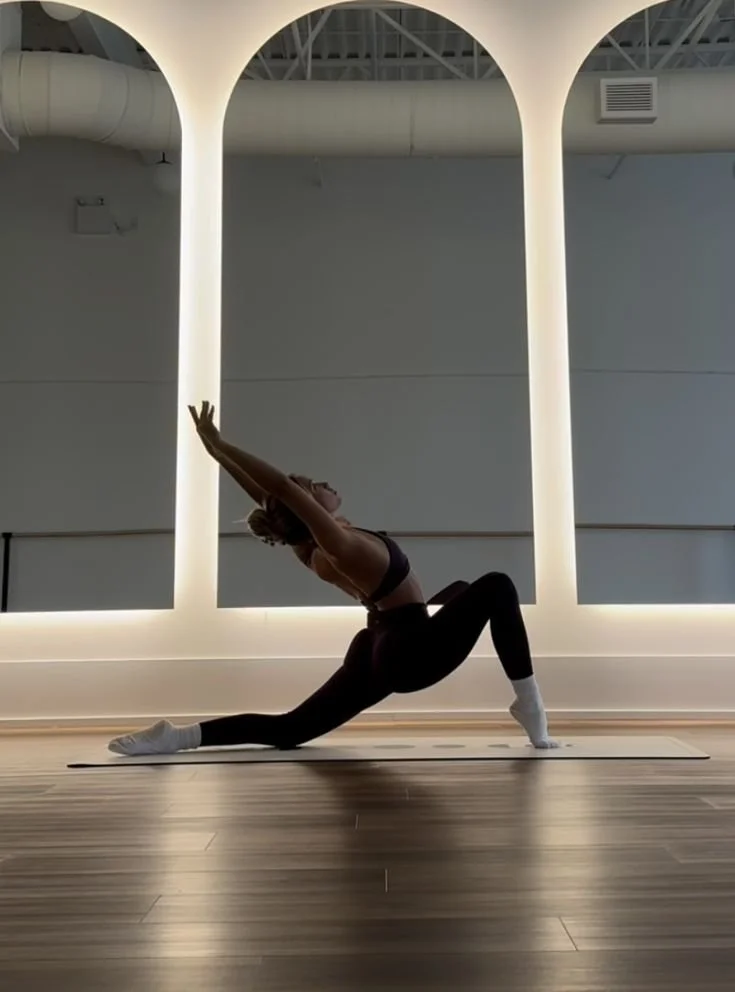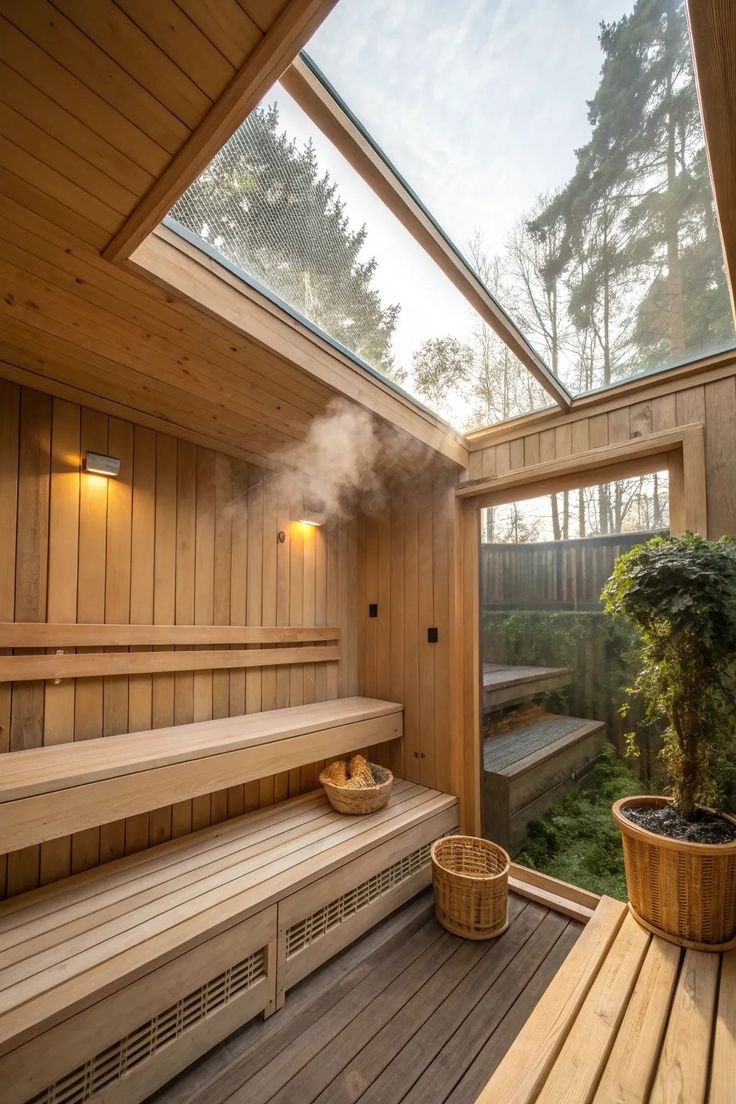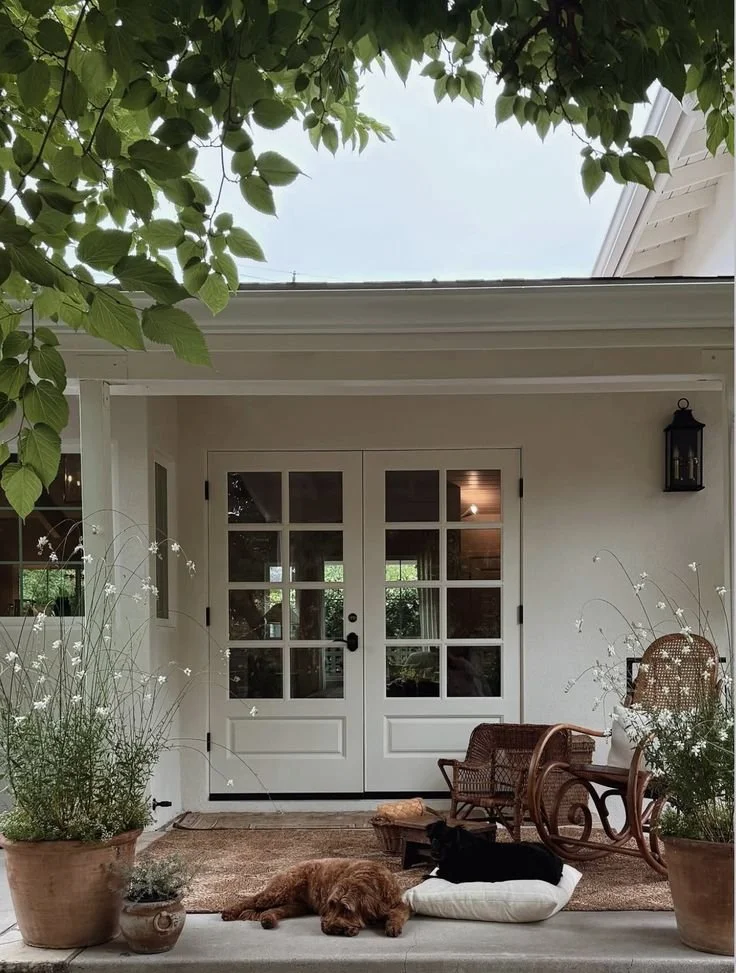Integrating Mindfulness And Holistic Practices In Senior Life
As we grow older, life naturally brings changes—physically, emotionally, and mentally. For many seniors, these transitions can be challenging, prompting a search for calm, clarity, and improved well-being. Mindfulness and holistic practices offer a gentle, effective way to support mental focus, emotional balance, and physical health.
These practices—ranging from breathwork and meditation to mindful eating and time in nature—are more than just trends. They are time-tested methods that help seniors feel more grounded, present, and connected. Families and caregivers often notice the positive impact as well, as seniors who embrace mindfulness tend to radiate calm and joy.
In this article, we’ll explore how to integrate mindfulness into everyday senior life and why these practices are so valuable for aging gracefully and peacefully.
No. 1
Breathing and Meditation Help the Mind Stay Calm
One of the simplest yet most powerful mindfulness tools is conscious breathing. Slow, deep breaths can calm both the body and the mind, helping seniors reduce anxiety and clear mental clutter.
Seniors can benefit from setting aside a few minutes each day to sit quietly and focus on their breath.
This daily ritual can:
Ease feelings of worry or restlessness
Improve mental clarity
Promote emotional balance
Adding meditation enhances these benefits. Even short sessions—just five to ten minutes—can build stronger attention, reduce stress, and cultivate a sense of inner peace. Over time, seniors often feel more centered and emotionally resilient.
No. 2
Gentle Movement Supports a Healthy Body and Mind
Mindful movement is another essential component of holistic wellness. Activities like walking, stretching, yoga, and tai chi are ideal for seniors because they are low-impact yet highly effective.
These practices help:
Improve balance and coordination
Reduce the risk of falls
Enhance flexibility and strength
Encourage steady breathing and mental focus
Yoga and tai chi, in particular, combine movement with mindfulness, allowing seniors to connect with their bodies in a calming, intentional way. Even short daily sessions can uplift mood, boost energy, and support overall well-being.
No. 3
Mindful Eating Encourages Health and Better Choices
Mindful eating transforms mealtime into a nourishing, enjoyable experience. By paying attention to each bite—its taste, texture, and aroma—seniors can develop a healthier relationship with food.
This practice helps:
Improve digestion
Prevent overeating
Encourage better food choices
Increase satisfaction with meals
Chewing slowly and eating without distractions allows seniors to recognize fullness cues and savor their food. Over time, mindful eating supports nutrition goals and fosters a sense of control and enjoyment around meals.
Headspace
Headspace helps you create life-changing habits through actionable tools to support your mental health and find a healthier, happier you.
Try it for free!
No. 4
Nature and Stillness Provide Comfort and Peace
Spending time in nature is a powerful way to practice mindfulness. Whether it’s a walk in the park, sitting in the sun, or simply listening to birdsong, nature offers a soothing escape from the noise of daily life.
Benefits of mindful time outdoors include:
Reduced stress and anxiety
Lowered blood pressure
Enhanced mood and emotional well-being
A deeper appreciation for the present moment
Nature encourages seniors to slow down, breathe deeply, and reconnect with the world around them. These quiet moments of stillness can be profoundly healing—no words required.
No. 5
Programs Help Make Mindfulness Part of Daily Life
Many senior living communities and wellness centers now offer structured mindfulness programs tailored to older adults.
These may include:
Gentle yoga and stretching classes
Guided meditation sessions
Art therapy and creative expression
Group discussions and support circles
These programs are often part of exclusive programs for senior residents designed to meet them where they are—physically and emotionally—offering a welcoming environment for exploration and growth.
Group sessions also foster social connection, helping seniors build friendships and a sense of community. With regular practice, mindfulness becomes a natural, rewarding part of everyday life.
No. 6
Experience a New Way of Living
Mindfulness and holistic practices offer seniors a powerful pathway to greater peace, health, and vitality. Through simple habits like deep breathing, gentle movement, and mindful eating, seniors can enhance their quality of life—one moment at a time.
These practices support:
Emotional balance
Physical health
Mental clarity
A deeper connection to life’s simple joys
Family members and caregivers often notice the transformation, as seniors become more relaxed, engaged, and joyful. It’s never too late to embrace new habits that bring comfort and clarity.
Mindfulness helps seniors feel more alive, aware, and at ease. Start small, stay consistent, and enjoy each mindful moment as it unfolds.
Did you find this article helpful? If so, check out the rest of our site for more informative content on senior wellness and holistic living.
Looking for Wellness resources?
Are you looking to enhance your wellness routine? Explore our wellness partners who offer a wide range of resources to support your journey toward holistic living and well-being.































